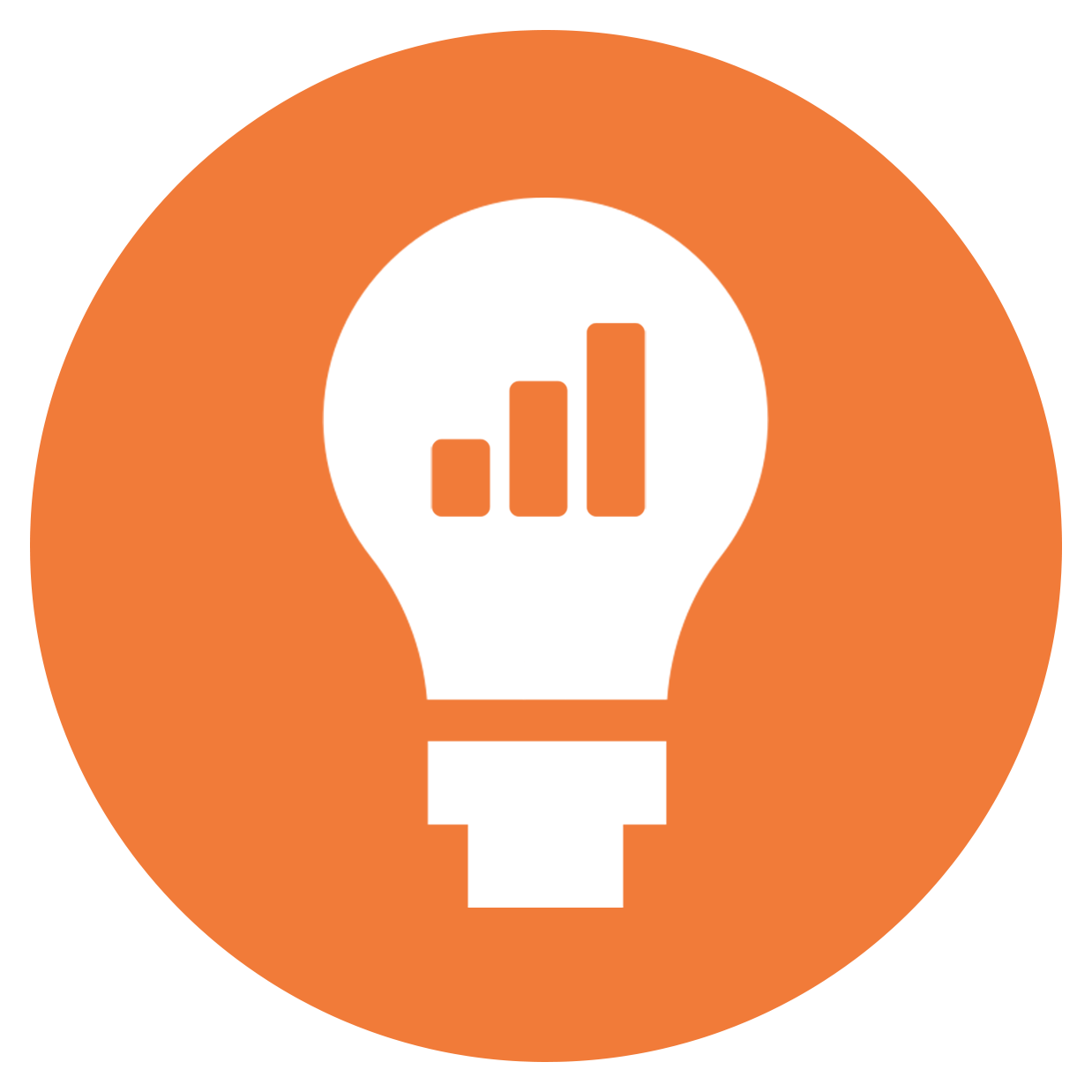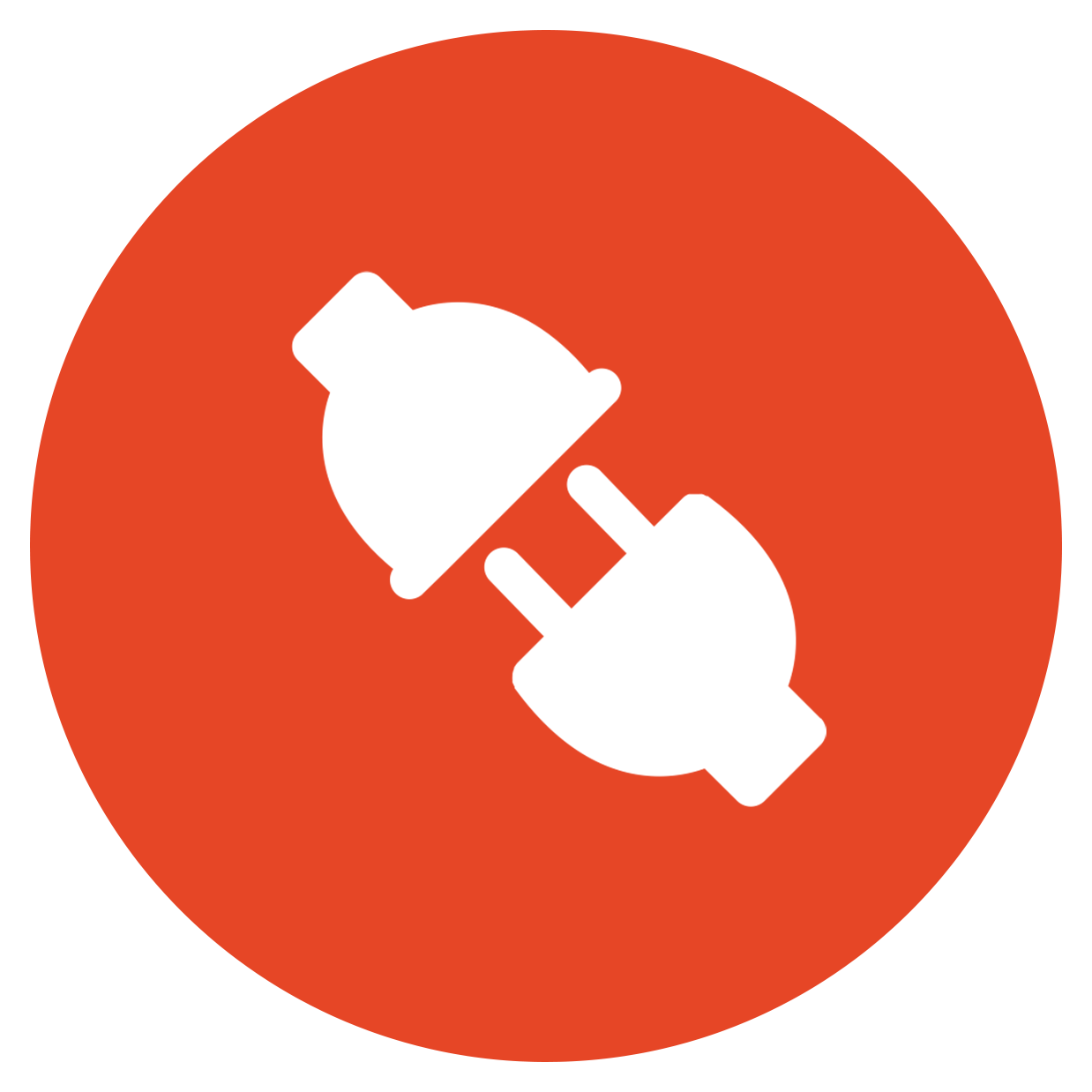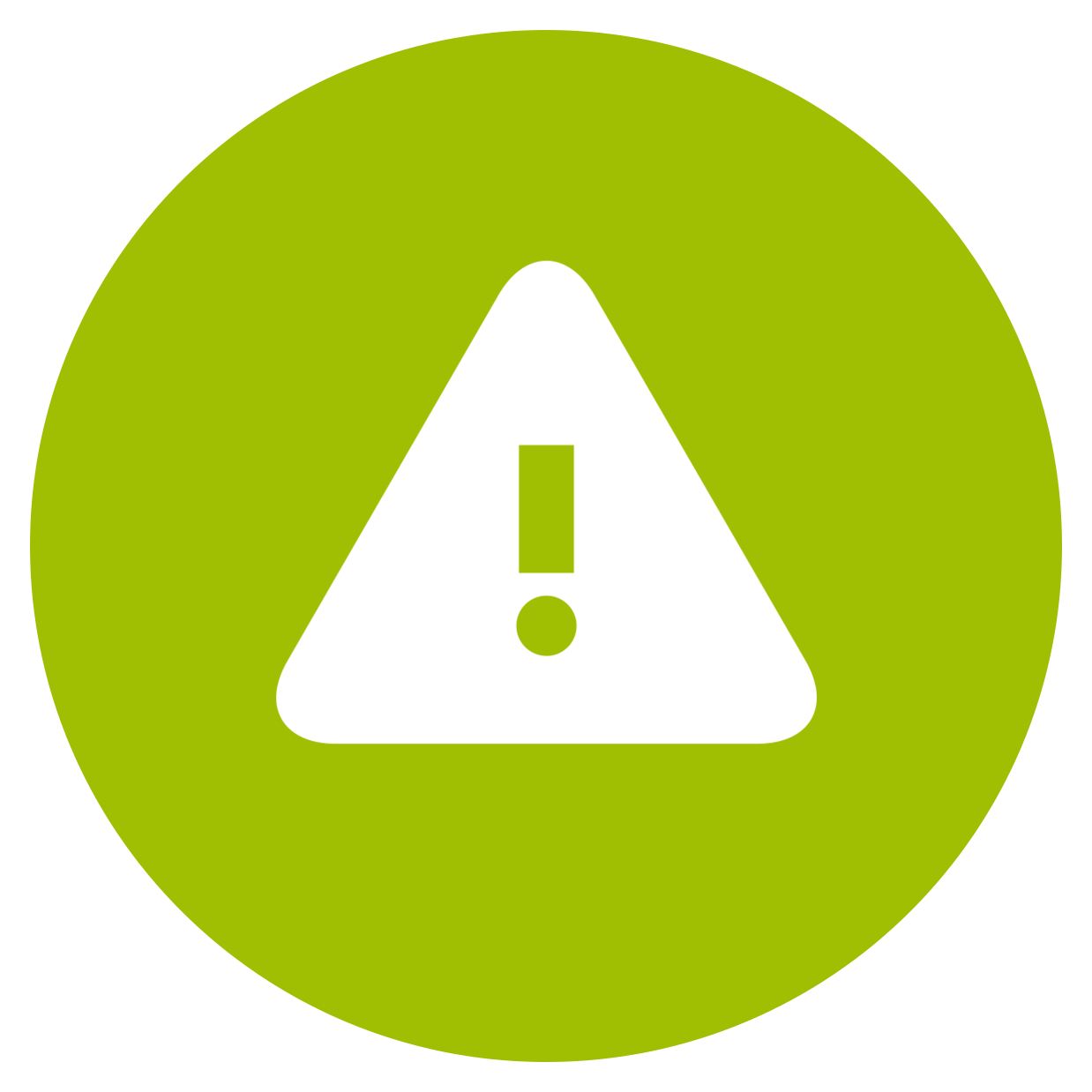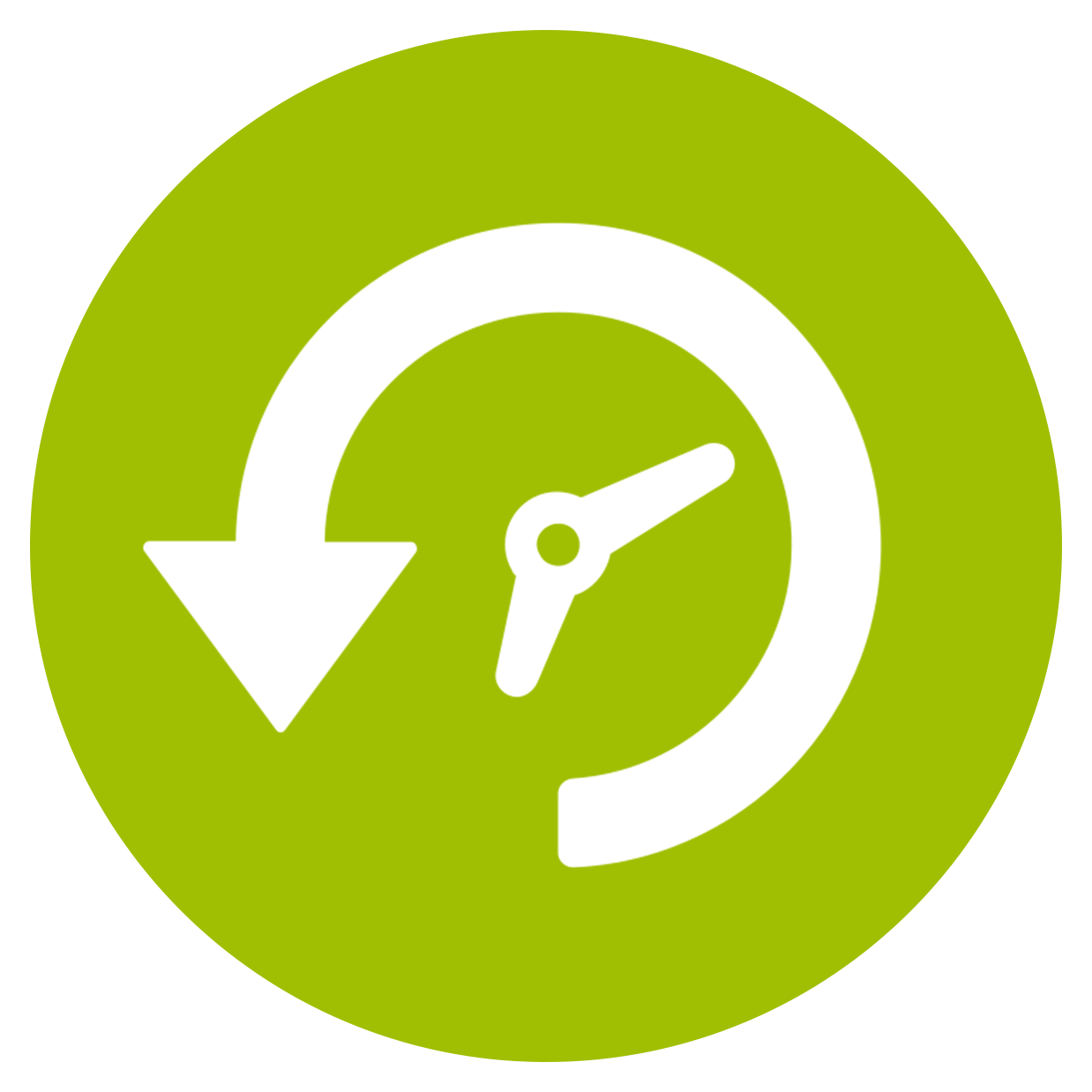Digital Consumer Behavior Analysis
Written by Support EXP

Why did one of your recent online ads generate a flood of website traffic while another seemed to leave users cold? Is one social media platform more worthwhile for your brand than another? What governs the online behavior of your target consumer—and who is your target consumer to begin with? If you’ve ever wondered any of these things, you might benefit from a digital consumer behavior analysis. What is digital consumer behavior, how can you analyze it, and how will it help your business? This article answers these questions and more, giving you the tools you need to start your own digital consumer behavior analysis.
Key Takeaways:
- Digital consumer behavior refers to the ways consumers interact with your brand online.
- Tracking digital behavior is important because it gives you insights into the things that motivate your customers—and the things that turn them off.
- You can track customer behavior through tools like surveys and feedback forms, cookies, and online reviews.
- Digital customer behavior is affected by multiple major factors, including personal, social, and psychological elements.
- To conduct an effective digital consumer behavior analysis, it’s important to have a plan in place and establish concrete goals for your data collection.
What Is Digital Consumer Behavior?
Digital consumer behavior is an important tool for your marketing strategy. In its most basic form, the term refers to the ways prospective customers interact with your content online. This interaction can happen through emails, Google search ads, social media posts, or your website.
In reality, most revenue is supported by solid customer experience, which includes a strategic customer journey. Providing an optimized customer journey includes creating thoughtful and purposeful digital touchpoints that collectively back your brand and the customer experience. Providing service to match that experience is crucial and non-negotiable.
Digital customer touchpoints may include things such as email marketing, search engine-optimized web pages and articles, social media channels, an eCommerce store, videos, pay-per-click ad campaigns, online testimonials, and live chat. Let’s discuss how you can improve conversion rates by implementing a plan for digital touchpoints throughout the customer journey.
Why Track Behavior?
Why is it important to track consumer activity online? Tracking behavior is important for marketing because it gives you insight into the primary drivers for your customers: are they more likely to make a purchase if they view an ad or see a social media post? What type of email campaign generates the most results? When you track behavior, you’ll also get insights into barriers and pain points: areas where potential customers are turned off. You can use these data points to improve your marketing strategies and meet customers where they are.
How to Track the Customer Journey Online
How can you track consumer behavior effectively? There are a few key strategies that can help you collect helpful data points.
One of the biggest ways to track online behavior is through the use of cookies. If your website uses cookies, you can collect information like search histories, browser information, IP addresses, and other information. Cookies can be a great source of behavioral information, but be upfront: if you’re tracking personal data, you should inform your website visitors and give them the option to opt-out.
Another way to track customer behavior in the digital world is through surveys and feedback forms. You should provide easy-to-complete surveys via email and your website, and try offering an incentive (e.g., 10% off your next purchase!) to encourage more consumers to fill out information. You can also comb other sources of online feedback, like the comments section on your social media page or review aggregators like Trustpilot. All these sources are invaluable because they give you a personal record of consumer behavior—what caused the user to click “buy now,” or what discouraged them from making the purchase.
What Affects Consumer Behavior?
To conduct the best digital consumer behavior analysis—and to get the most out of your data—it’s important to understand the “why” behind the numbers. What are the biggest factors that can control consumer behavior? Below are some of the top factors to watch out for as you collect and evaluate data.
Personal Factors
Personal factors include basic details about the consumer’s demographic: elements like age, gender, income, education level, relationship status, and other pertinent information.
Personal factors are important data points to know because they can have a big impact on the customer’s experience with your brand. For example, younger people are more likely to engage with you on social media platforms like Instagram and might visit your website based on a compelling feed. In contrast, older people are less likely to be heavily tech-savvy or engaged on such platforms and might spend more time on Facebook. They might also respond better to email marketing. Factors like gender, income and education also tend to affect how a customer perceives brand content, where they find it, and what kind of marketing is most likely to change their behavior and enhance the customer experience.
Social Factors
Humans are social animals, so we’re profoundly influenced by the actions and beliefs of those closest to us. The social aspect of consumer behavior includes elements like religious association, ethnic group, or local community. People are more likely to buy things that align with their group’s values and beliefs, and they’re more likely to make a purchase if others in their social circles recommend it. If you can identify your target social groups and find out what motivates them best, you can create marketing that promotes your brand in the best light possible.
Psychological Factors
The digital behavior of consumers is heavily influenced by psychological factors. These factors can be tricky to identify, as they often involve almost subconscious decisions and perceptions. For example, what is your target customer’s strongest motivations? What is their learning style—are they primarily drawn to visuals, auditory content, or something else? Does your ideal customer have a strong internalized belief system that might draw them to certain types of marketing and brands more than others? If you can get a peek into the psychological factors that motivate consumers in the digital world, you’ll be much more prepared to analyze data and create more targeted marketing.
Conducting a Consumer Behavior Analysis
The data is in—now it’s time to conduct a digital consumer behavior analysis. How can you use the various aspects of consumer behavior and the different motivating factors to create a coherent and effective strategy for your brand? That’s where having a detailed plan for your analysis comes in handy. Below are the main steps you should take to identify and collect the right data and use it to its maximum potential.
Step 1: Define Your Goals for Customer Data
What’s the endgame for your digital analysis? How do you plan to use your knowledge of common online behavior? Set your goals first so you have a clear purpose in mind. Maybe you want to identify pain points for a specific demographic, or discover how to better target digital ad campaigns. Perhaps you’ve been spending a lot of money on online brand exposure, and you’d like to narrow your focus to the group with the biggest turnover potential. Whatever your goal, make sure it’s specific and measurable, so you know how to get there and when you’ve achieved the results you want.
Step 2: Segment Your Audience
You’ll want to analyze behavioral data by group. How will you split up your groups? You may want to do it by age, or maybe you’d prefer to focus on online users in a certain geographic area. Perhaps you want to get even more specific, comparing married 24-30 year-olds with those who are single. Based on your analysis goals, segment your audience in a way that will bring back the most useful data for comparison and action. Good segmentation lays the groundwork for collecting data that will give you the best overview of where the consumer is and what current consumer behavior looks like.
Step 3: Decide on Data Sources
As we discussed earlier, there are plenty of avenues for collecting customer data. Everything from website cookies to customer reviews can be a way to collect meaningful data on your brand experience and conduct a digital consumer behavior analysis. You need to decide which channels you’ll focus on. Do you want to learn more about the behavior of repeat customers? Email surveys and reviews might be a good place to start. Interested in figuring out where casual browsers of your website are coming from? Try collecting data through the use of cookies.
You can use multiple data sources but keep it manageable—if you won’t be able to realistically analyze all the consumer data that’s coming in, it’s wasted information.
Step 4: Find Key Benefits for Customers
Each audience segment will probably have a slightly different core motivator. What is the main thing they look for? Are they drawn by ease of use? Good customer support? Something else? Use survey data and customer feedback to pinpoint the basic needs of each segment. You can then use this information to improve customer service, create better digital marketing campaigns, and strengthen future research and content.
Step 5: Use the Collected Data to Find Action Areas in Digital Marketing
Now that you’ve collected the data you need, you can move to conduct the actual analysis. The best digital consumer behavior analysis concludes with actionable points – once you’ve analyzed the data, you should have some concrete solutions in place based on your research. If you’re struggling to conduct your analysis, a third party with experience in digital analysis can come in handy. Don’t be afraid to ask for help in order to get the results you need to improve marketing and attract more customers to your brand!
Step 6: Re-Evaluate Your Progress Periodically
Once you implement some solutions based on your research, you shouldn’t just leave the results to chance. Periodically conduct another behavior analysis and collect more data to see what’s working and what isn’t. Based on your findings you can tweak the business plan, identify new trends in behavior to target, and adjust your marketing strategy depending on developments in the customer journey. As you continue to refine your strategy, collect new data, and gain new insights into consumer behavior, you’ll continually improve your brand reputation and marketing strategies. Over time, you’ll see more and more results in the form of more conversions, a better customer experience, more effective ad spend, and happier, more loyal customers!
In closing, a digital consumer behavior analysis is a great way to get detailed insight into prospective customers, find target demographics, identify pain points, and create more targeted marketing online. With a strong understanding of the major factors that affect digital behavior, along with a solid plan for your analysis, you can reach your marketing goals in a quick and cost-effective manner.
Looking for some expert help to get the most out of your digital consumer behavior analysis? Look no further! Our team of experts at Support EXP has years of experience in making sense of consumer behavior for banks and credit unions. Let us help you establish a clear plan, identify goals, collect the right data, and analyze it effectively. Contact us below to get started!















